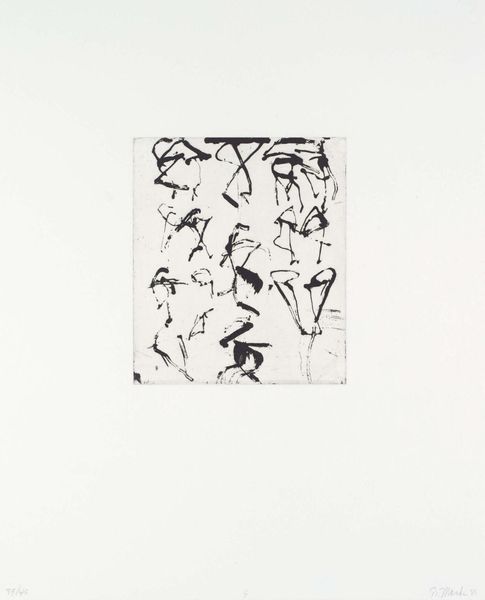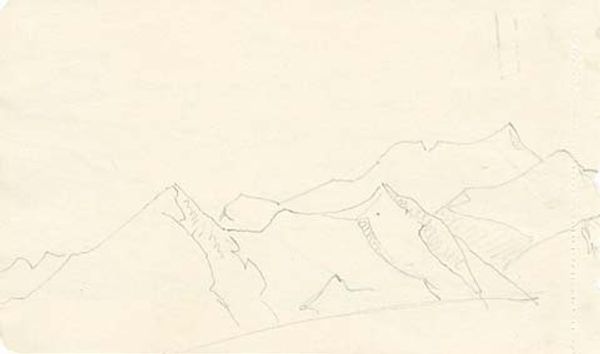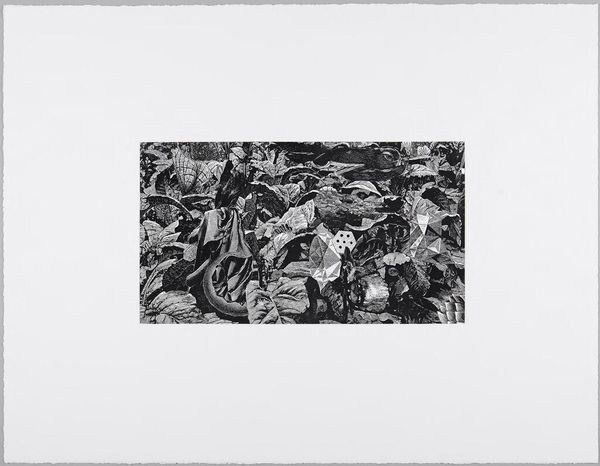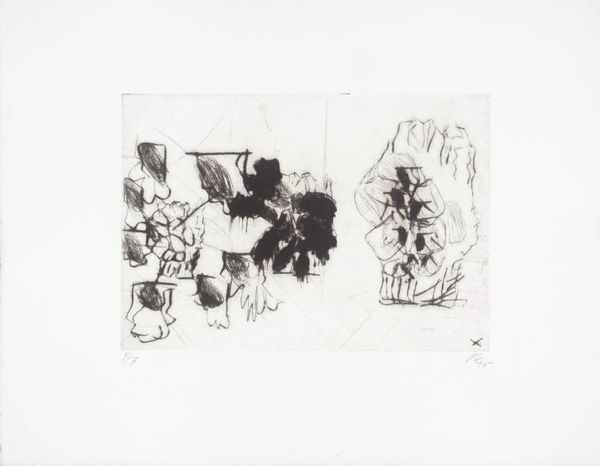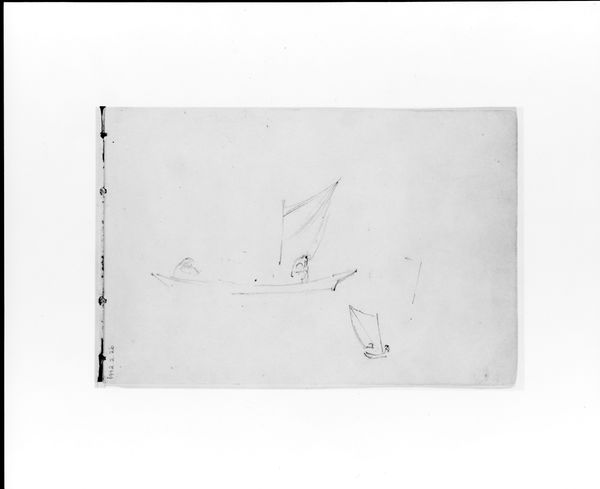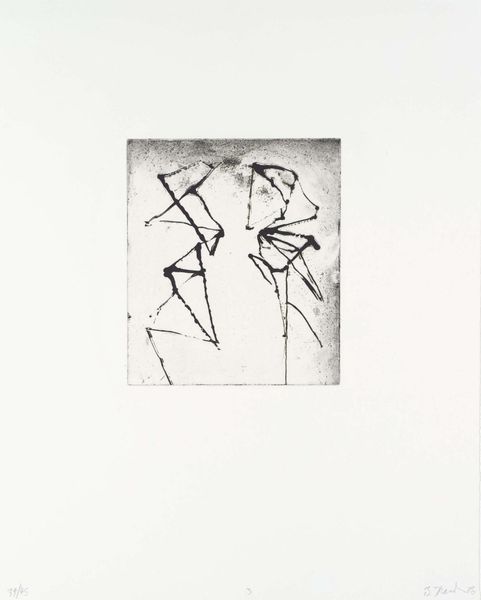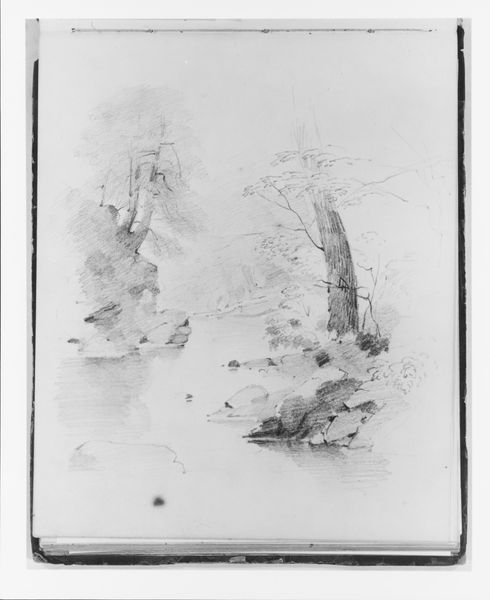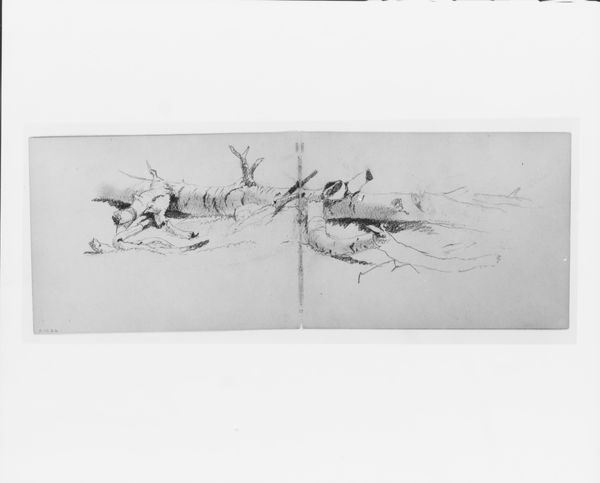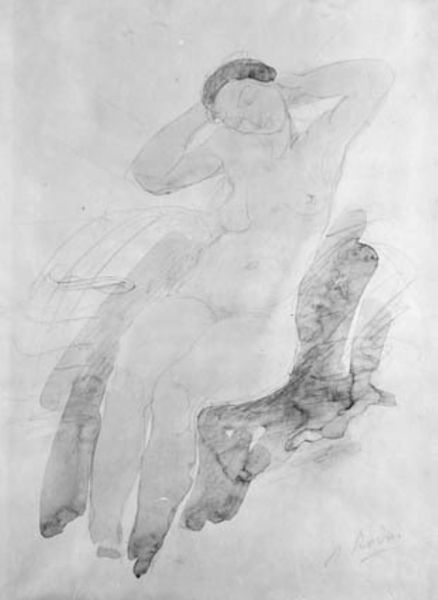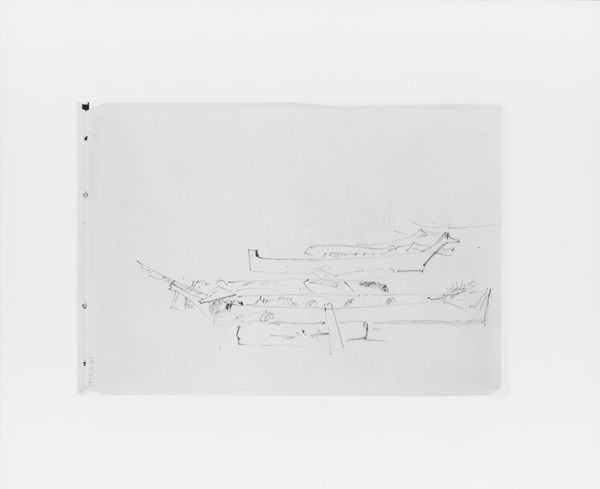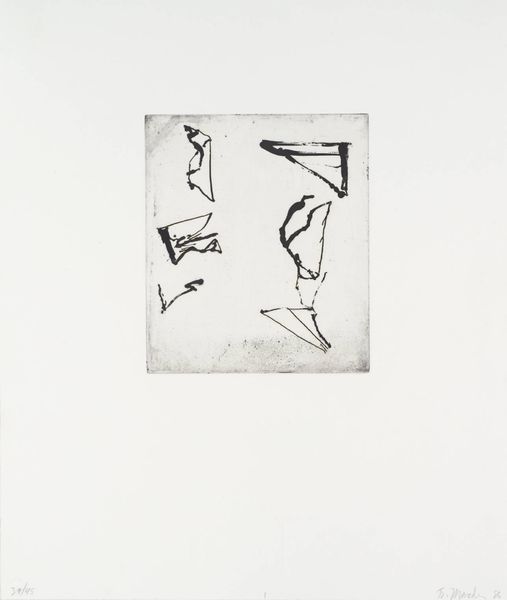
Dimensions: 315 mm (height) x 483 mm (width) (monteringsmaal), 206 mm (height) x 240 mm (width) (bladmaal)
Editor: This is Othon Friesz's "Det spanske hus i Tervueren", created in 1912. It's a plein-air drawing of a landscape. It's very faint and delicate; what do you see in this piece, beyond the apparent impressionistic style? Curator: What I see first is a historical moment captured. The title situates it as the Spanish house in Tervueren, which implies a cultural presence, maybe even a political history we should consider. Think about what the "Spanish house" represented in Belgium at this time, in 1912. Was it a point of connection, tension, or cultural exchange? How did colonialism factor into this scene, its presence and its invisibility? Editor: That's a really interesting way to think about a landscape drawing. I was just seeing trees and water! Curator: And that's valid too. But what does it mean to depict a seemingly tranquil landscape while these larger power dynamics are in play? Friesz, even unconsciously, is engaging with the colonial landscape and the representation of place within that context. Think about who owned land, who moved through it, who profited. Editor: So, you’re suggesting even a simple sketch contains embedded social narratives? Curator: Absolutely! And that Impressionism itself wasn't some neutral observation of nature, but a perspective rooted in its own socio-political context, even the privilege of being able to be out in the landscape drawing at all. Editor: I'll definitely look at landscapes differently from now on! It makes me think about whose stories are amplified and whose are often erased in artistic depictions. Curator: Precisely! And asking those questions pushes art history to be more accountable and relevant today.
Comments
No comments
Be the first to comment and join the conversation on the ultimate creative platform.


